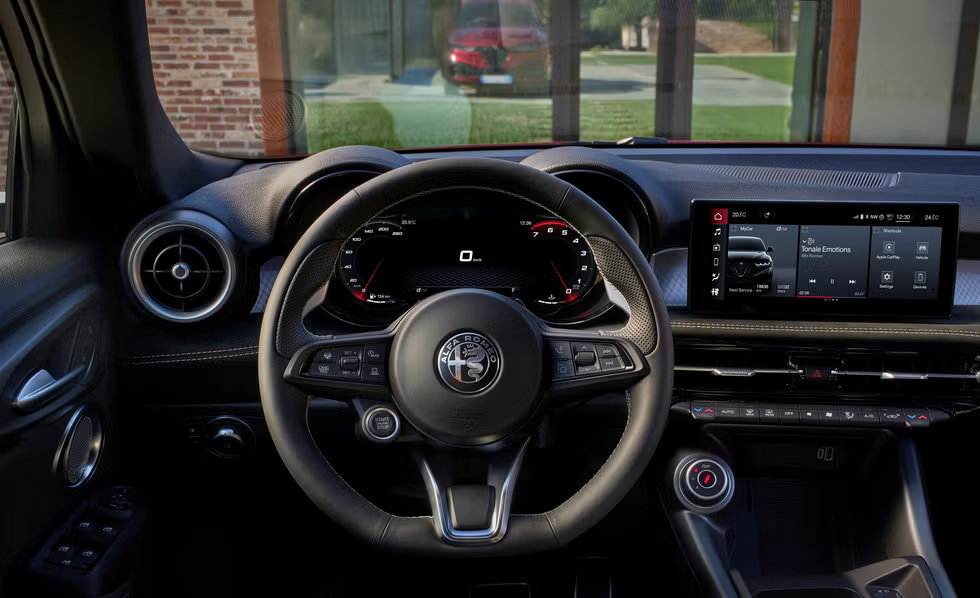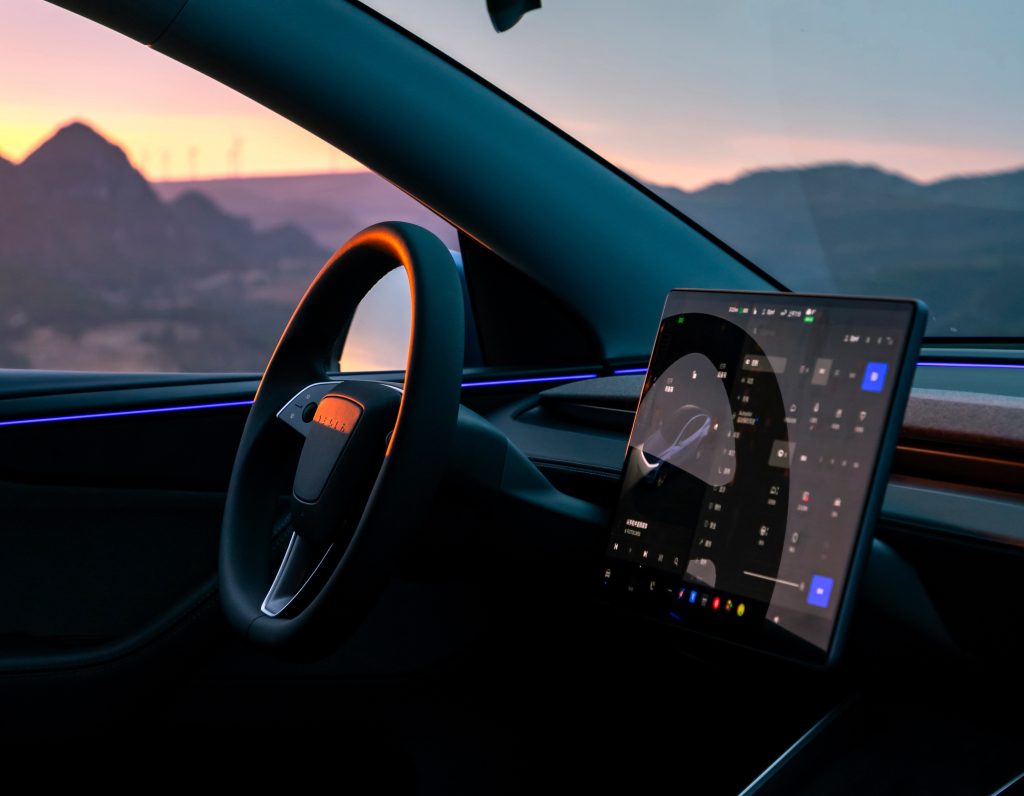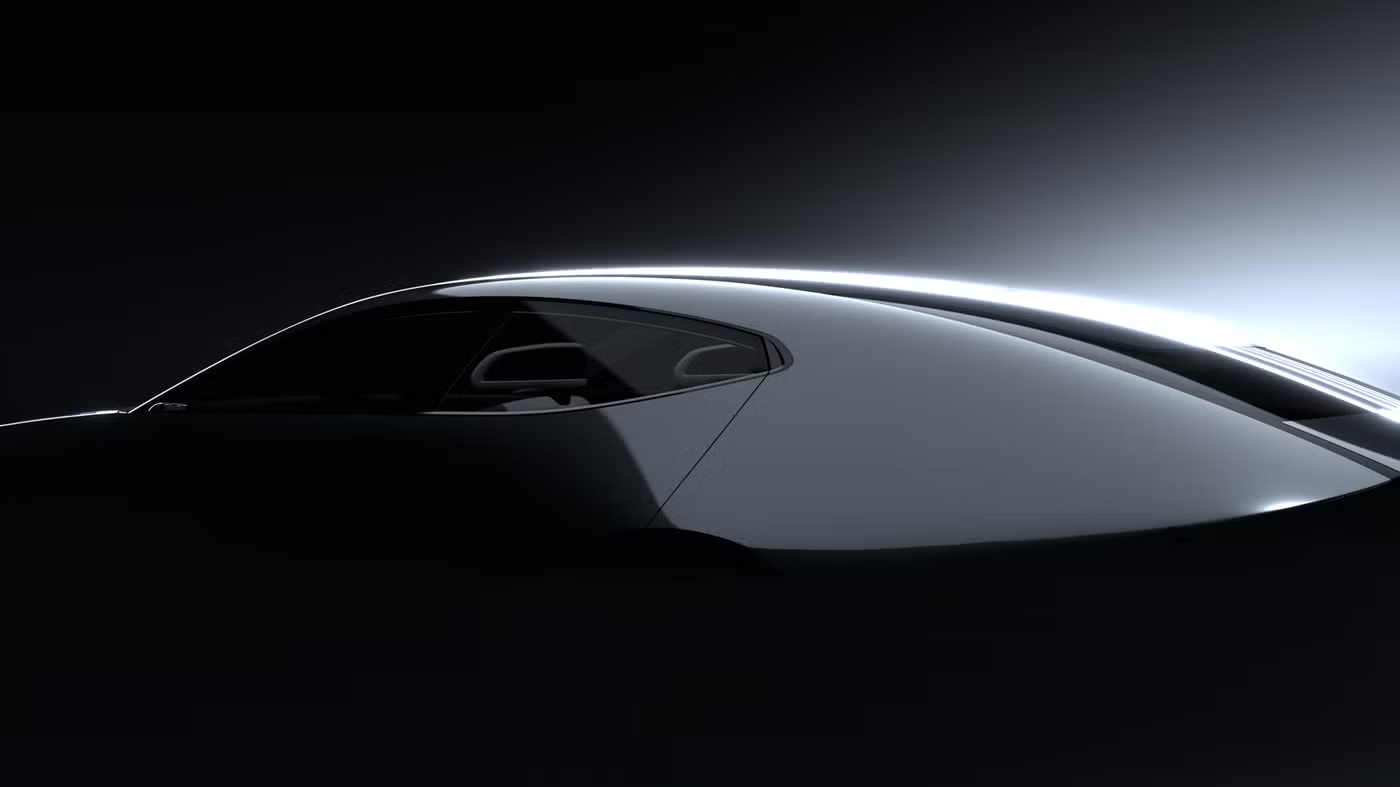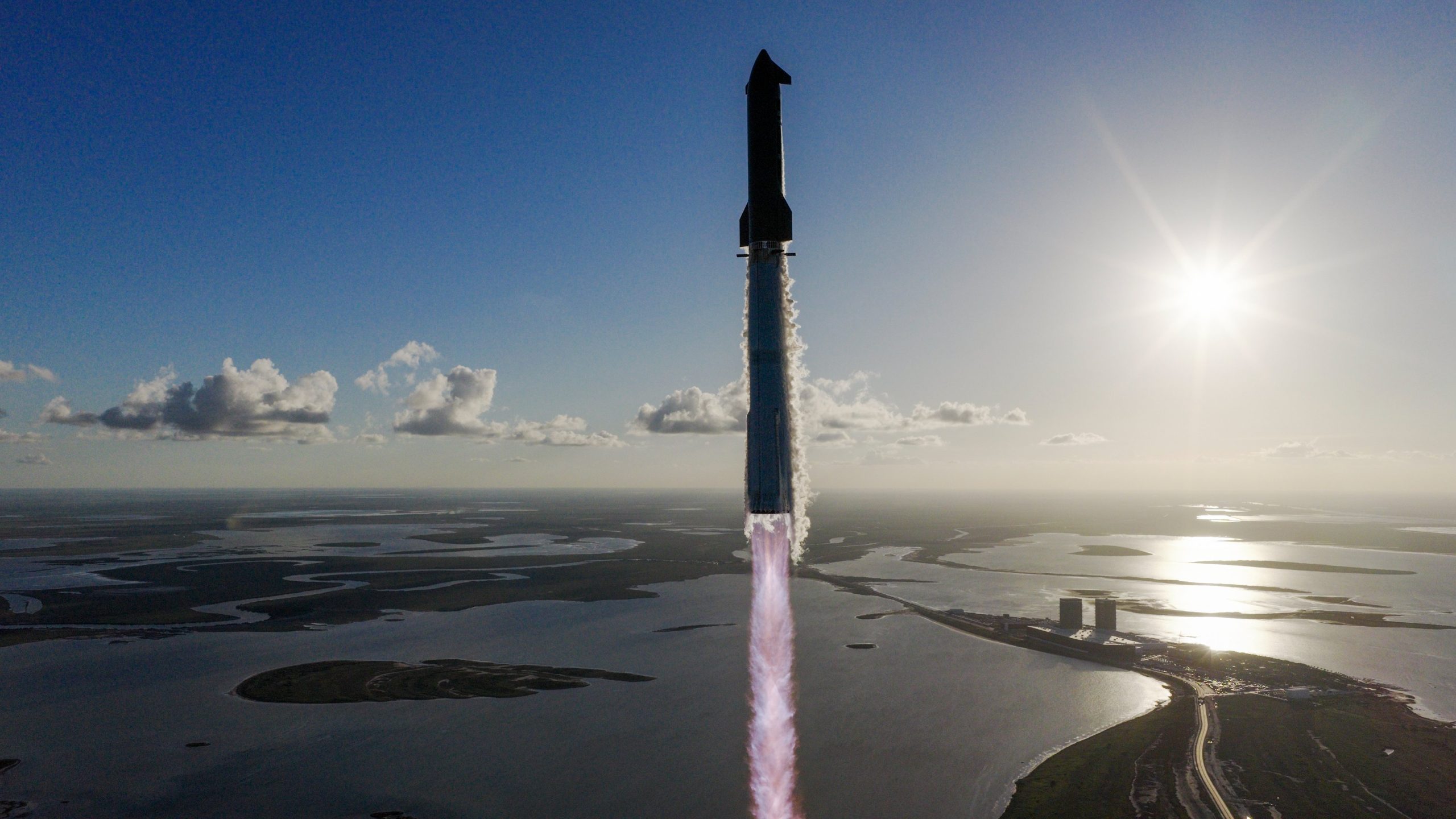Tesla Eyes Expansion to Colorado and Illinois for Robotaxi Operations
Reports on manufacturing, labor and earnings with clear, practical context. Drives a Tesla Model 3 RWD; family hauler is a Volvo XC60.
Tesla is set to broaden its Robotaxi operations by targeting Colorado and Illinois as its next testing grounds. This move marks a significant step in Tesla's ambitions to make autonomous ride-hailing a nationwide service.
Tesla first introduced its Robotaxi fleet in Austin, Texas, in June 2025, swiftly followed by an expansion to the San Francisco Bay Area. Since then, the company has been laying the groundwork for further expansion by obtaining testing approvals in multiple states. The strategic move to enter new markets involves preemptive hiring of Autopilot Vehicle Operators, a tactic designed to ensure Tesla can commence operations as soon as regulatory approvals are granted.
Recently, Tesla has posted job listings for Autopilot Vehicle Operators in Aurora, Colorado, and Chicago, Illinois. These listings are a clear indication of Tesla's intent to expand its Robotaxi services into these regions. With CEO Elon Musk previously stating a goal to make Robotaxi available to at least half of the U.S. population by the end of the year, this expansion is a pivotal part of achieving that vision. Despite the ambitious timeline, Tesla continues to face challenges in meeting regulatory requirements across different states.
The expansion into Colorado and Illinois is part of a larger strategy that has seen Tesla deploy validation vehicles equipped with LiDAR in several states, including Arizona and Nevada. These vehicles are used to test and refine Tesla's autonomous systems before the full public launch. The presence of these vehicles signifies Tesla's commitment to overcoming technological and regulatory hurdles as it works towards a more extensive rollout of its autonomous ride-hailing service.
Tesla's expansion efforts are not without scrutiny. Some industry experts question the readiness of autonomous technology for widespread use, citing safety and reliability concerns. However, Tesla remains confident in its Full Self-Driving (FSD) technology, which underpins the Robotaxi service. The company argues that its iterative approach to testing and validation will ensure that the service meets the highest safety standards before it becomes widely available.
As Tesla pushes forward with its Robotaxi expansion, the company is also exploring other innovations, including a potential revamp of its $25,000 vehicle project. While the focus remains on expanding the Robotaxi service, these developments hint at Tesla's broader strategy of making electric and autonomous vehicles more accessible. As the year progresses, all eyes will be on Tesla to see if it can meet its ambitious expansion goals and what this means for the future of autonomous transportation.
About Priya Nair
Reports on manufacturing, labor and earnings with clear, practical context. Drives a Tesla Model 3 RWD; family hauler is a Volvo XC60.



